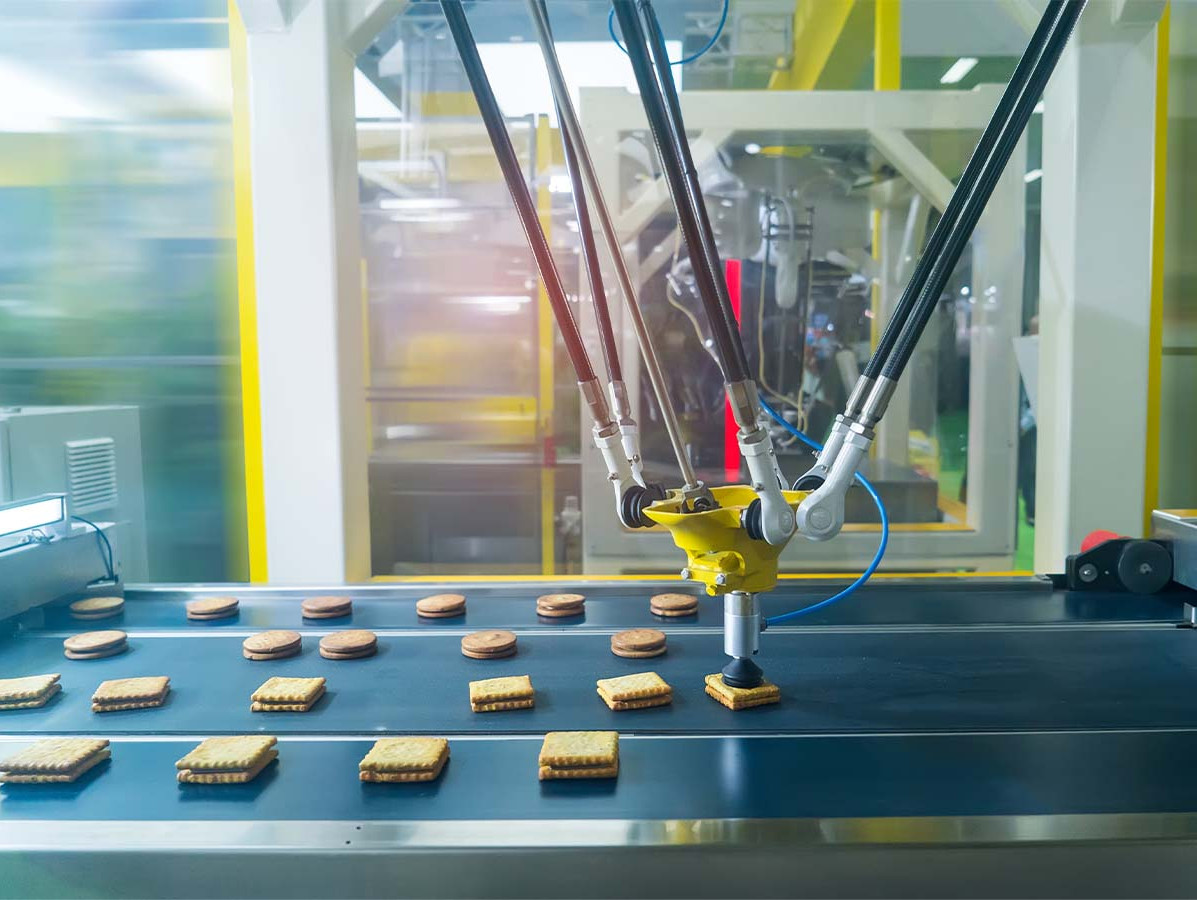
Food manufacturers are heavily investing in robotics to address labor shortages. Robots can make production processes more efficient and improve working conditions, but their implementation is not straightforward. Rabobank spoke with 22 medium-sized food manufacturers who are all engaged in robotics, yet face various challenges.
The lack of qualified personnel is a significant reason for the adoption of robotics. The labor market is tight, and this situation is expected to persist in the coming years. Manufacturers note that robots help increase productivity and produce more with fewer staff. Additionally, robotics can make the work of current employees less burdensome, which is crucial for retaining workers and reducing absenteeism.
Robotics offers opportunities for cost savings. Although the initial investment can be high, robots lead to higher occupancy rates, fewer errors, and less downtime due to illness. This results not only in lower production costs but also in consistent product quality. Robotics can also contribute to sustainability by ensuring more precise dosing and reducing waste.
The food industry must respond to rapidly changing consumer demands and diversification of sales channels. Robots can help quickly switch between different productions without compromising efficiency. This is particularly relevant at the beginning and end of the production line, such as in dosing and packaging.
Implementing robotics requires adjustments in production processes and places higher demands on personnel. There is a shortage of technicians, and the costs of robots and integration are high. Manufacturers often have to choose between investing in robots or waiting for larger new construction plans. Despite these challenges, most companies are convinced of the benefits and are planning further investments.
In addition to production improvements, robotics also offers opportunities for added value. Robots can assist in selecting and enhancing high-quality raw materials and products. Furthermore, service robots can be used for cleaning and safety inspections, improving working conditions and reducing the workload.
While robotics does not come easily, the benefits are clear. The food industry must continue to invest in technology to remain competitive and meet future challenges.
Source: Rabobank